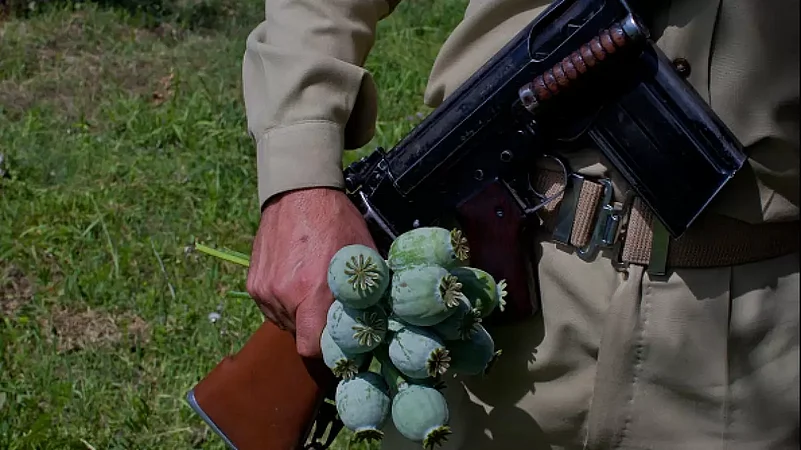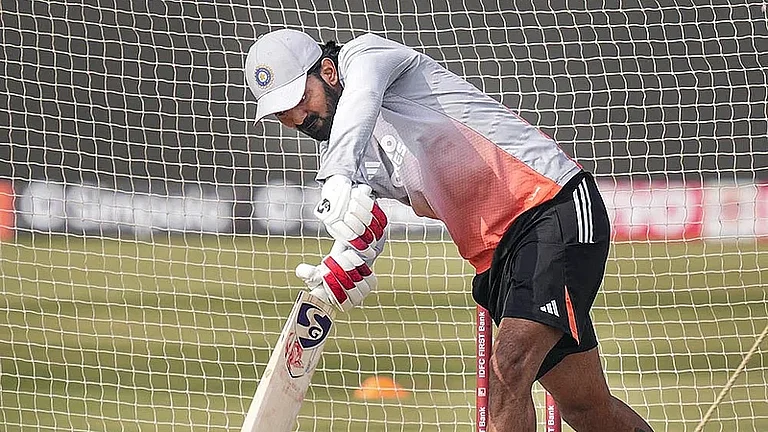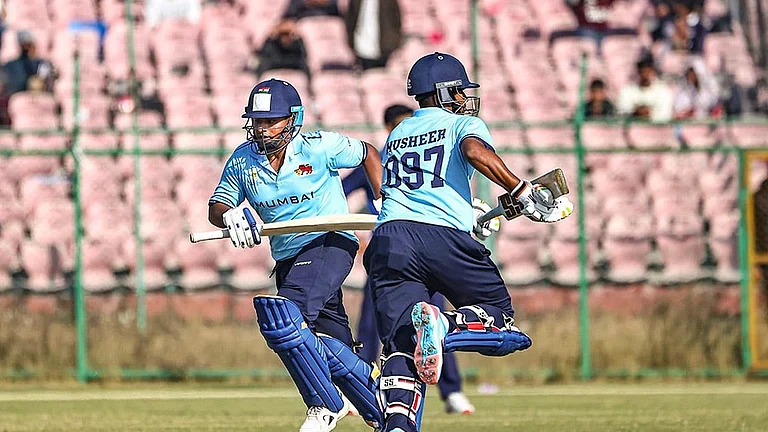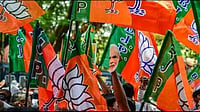The graveyard is for the dead. But the two bodies police found at a burial ground in South Kashmir in 2019 didn’t belong there. They were lying close to each other, half covered by fallen leaves — someone, or some people, had hurriedly tried to hide the bodies. Near the corpses lay a few used medical syringes. Police say the two young men died of drug overdose.
With these two, Kashmir’s ever-growing problem of drug abuse added two more graves in separate burial grounds. In official records, two more names added to a growing list. In the Valley where militancy-related deaths always make headlines, substance abuse has emerged as the silent killer, taking its victims randomly. This year two deaths have been reported in Sopore from drug overdose. Their bodies were found lying in the apple orchard.
Doctors say that deaths due to drug overdose are a reality in Kashmir, but there is no specific data as such deaths are often given other names due to the social stigma. And most of the deaths are attributed to cardiac causes.
The police face serious issues while dealing with the addicts. The police say they arrest drug dealers and others involved in the drug trade.
“But it becomes very difficult for us to detain drug addicts. I saw a drug addict injecting some substance from distance. I didn’t know how many doses he had taken. I didn’t detain him fearing if he might have taken an overdose, he might die at the police station. This is our perpetual problem with the drug abusers,” says a police official, requesting anonymity.
How insurgency drove opioid usage in Kashmir
Drug addiction is not new to Kashmir where militancy has been raging since the 1980s, leaving hundreds of civilians dead or maimed for life. The use of charas or ganja among Kashmiris is traditional and even socially sanctioned. Between 1980-90, only seven opium users were treated at Kashmir’s psychiatric disease hospital. In 1990, when insurgency erupted in Kashmir, grocery and medical shops came up in localities as security issues confined people to their homes and localities. With the conflict, stress levels among people also went up and they started visiting local medical shops which would give them over-the-counter medicinal opioids.
Doctors would later see patients taking medicinal opioids for sleep, anxiety, and stress for years on the advice of chemists. Its implications became visible by 2000 when patients started visiting the psychiatric disease hospital, now called the Institute of Mental Health and Neuroscience (IMHANS) and drug deaddiction centre for treatment of complaints of seizures and drug overdose.
Drugs that became popular among addicts were spasmoproxyvon, codeine, and pentazocine, which were abused for their euphoriant effect and sedating properties as happiness seemed elusive in the valley of sadness. Doctors say that cannabis took off as a popular drug from 2005 onwards but soon the addicts turned to hard drugs, mostly heroin.
The latest survey
As the Kashmir Valley has witnessed a surge in the number of cases of substance use in the past few years, drug overdose deaths among youth and frequent seizures of illicit drugs by the police indicate that substance use has engulfed Kashmir.
According to the latest survey Prevalence and Pattern of Substance Use Disorders in Ten Districts of Kashmir carried out by the IMHANS, Kashmir, the Valley has an estimated sizable population of 67,468 substance-dependent individuals. Opioid dependence prevalence in all the 10 districts of Kashmir is 2.23 per cent and the total number of opioid dependents is estimated to be 52,404 in the Kashmir.
The survey says heroin is the most widely used drug in every district of Kashmir and 53.5 per cent of opioid users were sharing needles while injecting drugs and 65.1 per cent of opioid users were reusing the needles while injecting drugs. The survey reveals an epidemic of opioids in the young population with a prevalence of 2.23 per cent making Kashmir valley among areas having high opioid use in the country, surpassing Punjab, and only after North East.
The objective of the survey was to provide district-level estimates of the proportion and the absolute number of people who use various substances as well as those suffering from substance dependence in the Kashmir division and the particular focus was on opioids.
Accordingly, the prevalence in the population and the number of people using the following substances was estimated in the survey: alcohol, cannabis, opioids, sedative, hypnotics, cocaine, amphetamine type stimulants (ATS), hallucinogens and inhalants (volatile solvents).
Dr Yasir Hassan Rather, the principal Investigator of the survey, says, the report indicates that Kashmir youth are engulfed in the web of substance use disorders and need immediate and effective help from all the stakeholders. He adds the study shows that in every district, opioids were the predominant substance used by the study participants.
He says, “There was a disturbing pattern of opioid dependence in southern districts while Bandipora in north Kashmir was the only district where the prevalence of cannabis use was closely following opioid use. Alcohol use was found in two neighboring districts of Ganderbal and Bandipora. These two districts also had a prevalence of cannabis use to a good extent as compared to the rest of the districts.
“While we continue to focus on the exponential increase in the use of opioids in Kashmir, injection heroin dependence has raced forward in comparison to an inhalational mode of heroin use.”
1990s to 2022: From cannabis to heroin
Doctors say prolonged exposure to violence has affected the psychological well-being of people in the Kashmir Valley. A 1990s study conducted by a Government Psychiatric Hospital over a span of eight years, where 189 patients were seen in the out-patient department (OPD) of psychiatry, showed 77.8 per cent of treatment seekers were cannabis users and 9.5 per cent of treatment seekers were opioid users.
In the early decade of 2000, a study was conducted with 198 patients admitted to the Drug Deaddiction Centre, Srinagar over a period of one year. It was seen that medicinal opioids were being used by 65.7 per cent times, followed by cannabis (63.6 per cent), benzodiazepines (45.5 per cent), other prescription medications (43.4 per cent), alcohol (32.5 per cent), inhalants (11.1 per cent), and cocaine (7.5 per cent). A total of 91.9 percent of patients reported having polysubstance abuse.
The statistics of the IMHANS-K outpatient and in-patient departments showed a surge in cases during the Covid-19 pandemic despite the lockdown and restrictions. In the early months of the pandemic, there were limited treatment seekers but their number increased in no time as IMHANS-K was among the few hospitals in North India that had functional out-patient and in-patient departments during the pandemic.
The latest study shows that in every district, opioids were the predominant substance used by the study participants. An estimated number of injection heroin users in the latest survey are 32,097 which doctors say “is worrisome”. The study is one of the few studies showing female substance use.


























